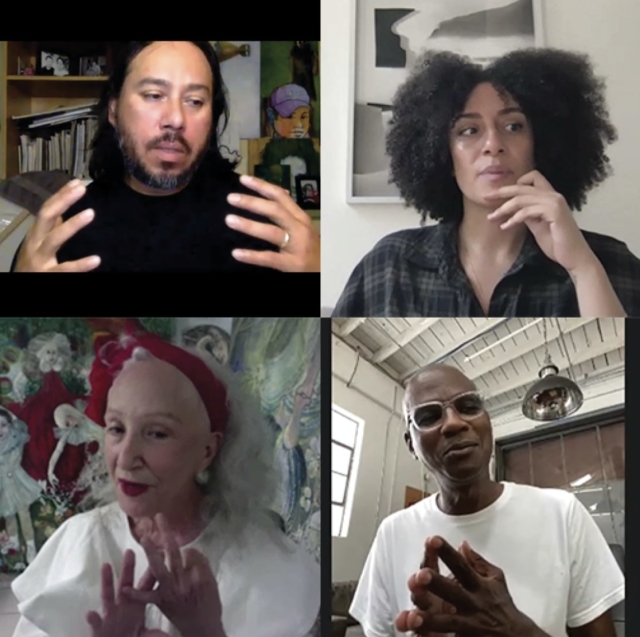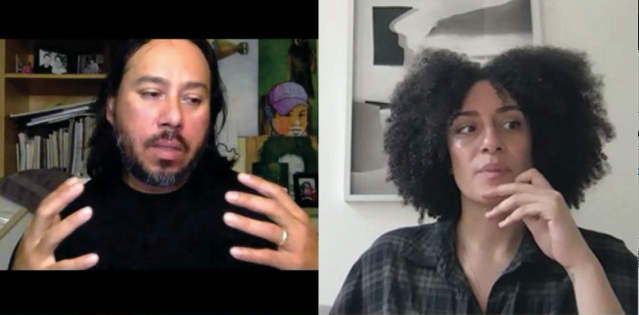
As the end of 2020 nears, museum curators and archivists are wondering how they will tell the story of the COVID-19 pandemic to future generations. The Archives of American Art, Smithsonian Institution, has carried out digital interviews with 85 artists and professionals from the American art world as part of its “Pandemic Oral History Project.” The aim is to record and bear witness to the culture sector’s responses to this unprecedented year.
The American institution carried out its interviews between June and September via the Zoom application, recording over 30 hours of conversation with artists such as Ed Bereal, Allana Clark, Nabil Mousa, Wendy Red Star and Krzysztof Wodiczko.
This is an unusual format for the Smithsonian Institution’s archivists, who are more used to recording oral histories in person. But, in COVID-19 times, they adapted their protocol to make sure they created “a permanent record of this extraordinary moment as it unfolded in real time.”
“This project has given us an opportunity to act in the moment, using a communication platform that is of the moment — Zoom — to create a significant historical record of this unprecedented time. We are grateful to all who participated and honored to preserve their reflections,” Liza Kirwin, interim director of the Archives of American Art, said in a statement.
The interviews — the first 14 of which were recently uploaded to YouTube — illustrate the many consequences of the public health, social and financial crises experienced in the American art world and beyond. They also cover universal themes such as experiences of grief, parenthood, illness and how long periods of isolation can favor introspection.
“Well, I was dealing with another physical issue [during the pandemic]. And so, the isolation and the quarantine — I had — I was already in quarantine. I was going through chemo, and I couldn’t see anybody anyway. And because of my extended family lifestyle, we’re all quarantined together. So, I’m not experiencing the loneliness and isolation that most people do,” said Jessie Benton, daughter of the late American artist Thomas Hart Benton, in her interview.
From video testimonies to COVID dreams
Further videos from the “Pandemic Oral History Project” series will be uploaded to the Archives of American Art, Smithsonian Institution YouTube channel in the coming weeks. While the American institution has chosen to collect oral histories by video to document the pandemic, other museums around the world are collecting more unusual things in relation to the pandemic. The Museum of London, for example, wants to collect Londoners’ dreams about the COVID-19 pandemic.
This original project, titled “Guardians of Sleep,” is being carried out in collaboration with the Museum of Dreams based at Western University in Ontario, Canada.
In February 2021, participants will be invited to share their COVID-19-related dream experiences in a Zoom interview with a trained scholar from the psychosocial community. The interviews will then be considered for inclusion in the Museum of London’s permanent collection “in order to keep a record to ensure future generations of Londoners will be able to learn about and understand this extraordinary period.”
“Traditionally, when museums have collected dreams it has been in the form of artistic impression, for example, paintings or drawings influenced by the events, however, this can often dissociate the dream from the dreamer. Instead, as part of ‘Collecting COVID,’ we will collect dreams as first-person oral histories with the aim to provide a more emotional and personal narrative of this time for future generations,” said Foteini Aravani, digital curator at the Museum of London, in a statement. CC
RELATED STORIES:
Cultural workers, artists idled by pandemic to get gov’t aid – Duterte report
Hip-hop artists continue to thrive amidst the coronavirus pandemic



